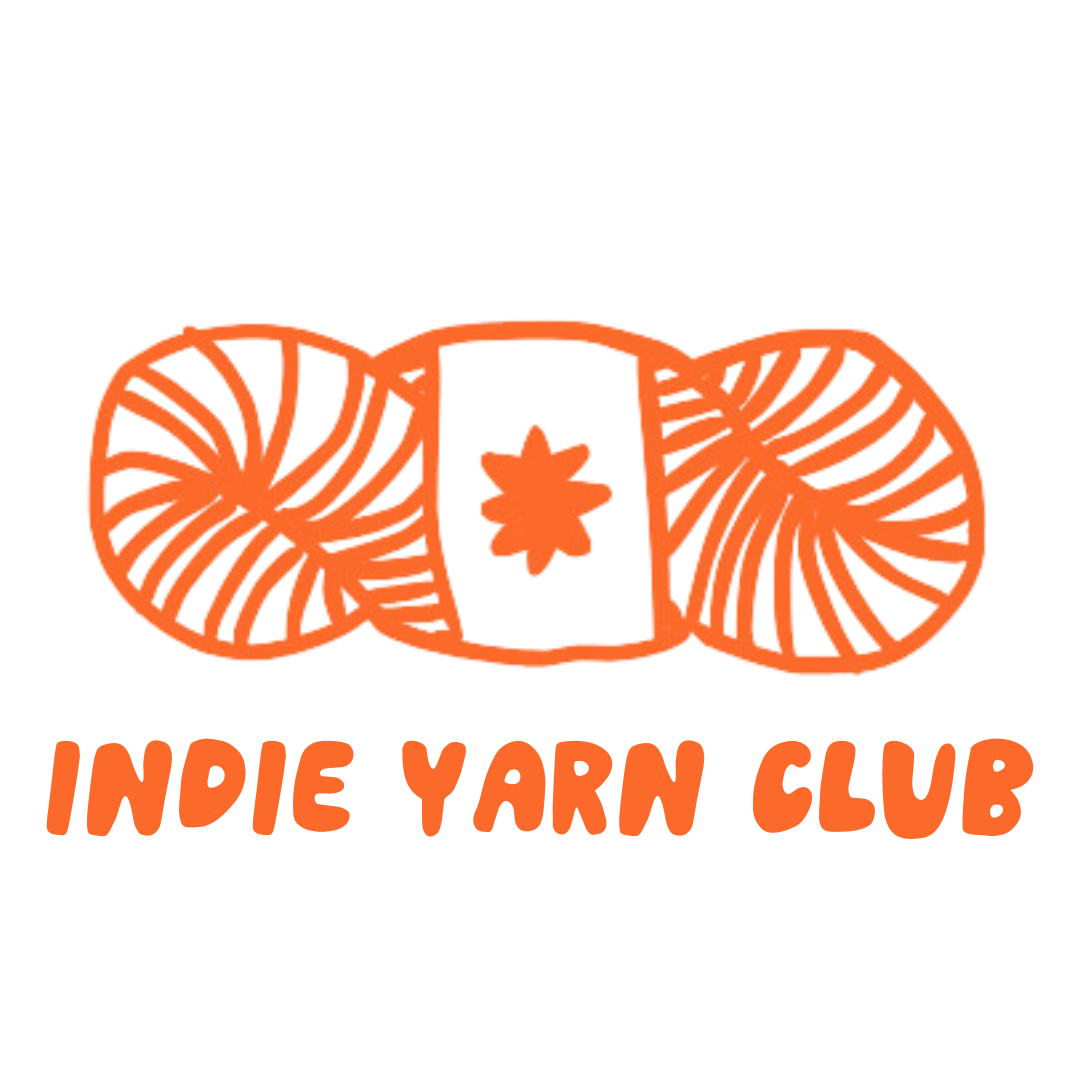GLOSSARY OF TERMS
learn more about the jargon used in the worlds of knitting, crochet, and yarn dyeing.
ACID DYE: A type of dye that is used to dye protein fibres such as wool or silk, and requires an acidic environment to bond with the fibres.
ANIMAL FIBRE: Fibres that come from animals, such as wool, alpaca, silk, and mohair. Also referred to as PROTEIN FIBRE.
BLEEDING: When dye runs off from the yarn and mixes with the wash water or other colours in the same item.
BLOCKING: The process of shaping and setting a finished piece of knitted or crocheted fabric using water and pins.
CAL (CROCHET-ALONG): A community event where participants crochet the same pattern or project together.
CARE INSTRUCTIONS: Guidelines for washing and caring for a finished item made with hand-dyed yarn.
COLOURWAY: A specific combination of colours used to dye a particular yarn.
CROCKING: When dye rubs off from the yarn and transfers onto skin or other surfaces.
DYE LOT: A batch of yarn that has been dyed at the same time and under the same conditions.
DYE-TO-ORDER: A service offered by some dyers where customers can purchase yarn dyed in their chosen colourway and base.
FELTING: The process of interlocking wool fibres together through heat, moisture, and agitation, resulting in a denser and often matted fabric.
FIBRE REACTIVE DYE: A type of dye that is used to dye cellulose fibres such as cotton, linen, and rayon. Fibre reactive dyes may also be used on animal fibres.
GRADIENT: A colourway that gradually shifts from one colour to another.
HANK: A length of yarn wound into a loose, skein-like loop, often used for dyeing or hand-washing.
HAND-DYED YARN: Yarn that has been dyed by hand rather than by machine. Usually dyed with more attention to detail, and in smaller batches than commercially-dyed yarn.
INDIE DYER: A person or small business that hand-dyes yarn.
INDIE YARN: Yarn produced by an independent dyer or small business, rather than a large commercial manufacturer.
KAL (KNIT-ALONG): A community event where participants knit the same pattern or project together.
MULESING: The controversial practice of removing strips of wool-bearing skin from the hindquarters of sheep to prevent flystrike.
PLY: Two or more strands of yarn twisted together.
PROCION DYE: A type of fibre reactive dye that is used for dyeing natural plant fibres such as cotton, linen, and rayon.
PROTEIN FIBRE: Generally speaking, animal fibre. Like human hair, wool is made of a protein called keratin.
SEMISOLID: Yarn with a single colour, but varying shades of that colour throughout.
SKEIN: A length of yarn wound into a loop, typically for ease of storage and transport.
SOCK YARN: A durable, lightweight yarn typically used for knitting or crocheting socks.
SPECKLED: Yarn with small flecks of colour scattered throughout.
SUPERWASH: A process used on wool to make it machine-washable and reduce felting.
SUPERWASH MERINO: Merino wool that has been treated to make it machine washable and resistant to felting.
SWATCH: A small sample of knitting or crochet used to test gauge or stitch pattern.
STAPLE LENGTH: The length of individual fibres in a particular type of yarn or fibre.
STRIKE: The process of adding acid to wool yarn to help the dye bond with the fibres.
TONAL: A colourway that uses variations of a single colour to create depth and interest.
UV REACTIVE DYE: A type of dye that glows under UV light.
VARIEGATED: Yarn with various colours used across each skein.
WPI (WRAPS PER INCH): A measurement used to determine the weight and thickness of a yarn. To find WPI, wrap the yarn around a ruler until it covers an inch, and count how many times it has been wound round.
Got any suggestions for terms to add to the glossary? Let me know!
